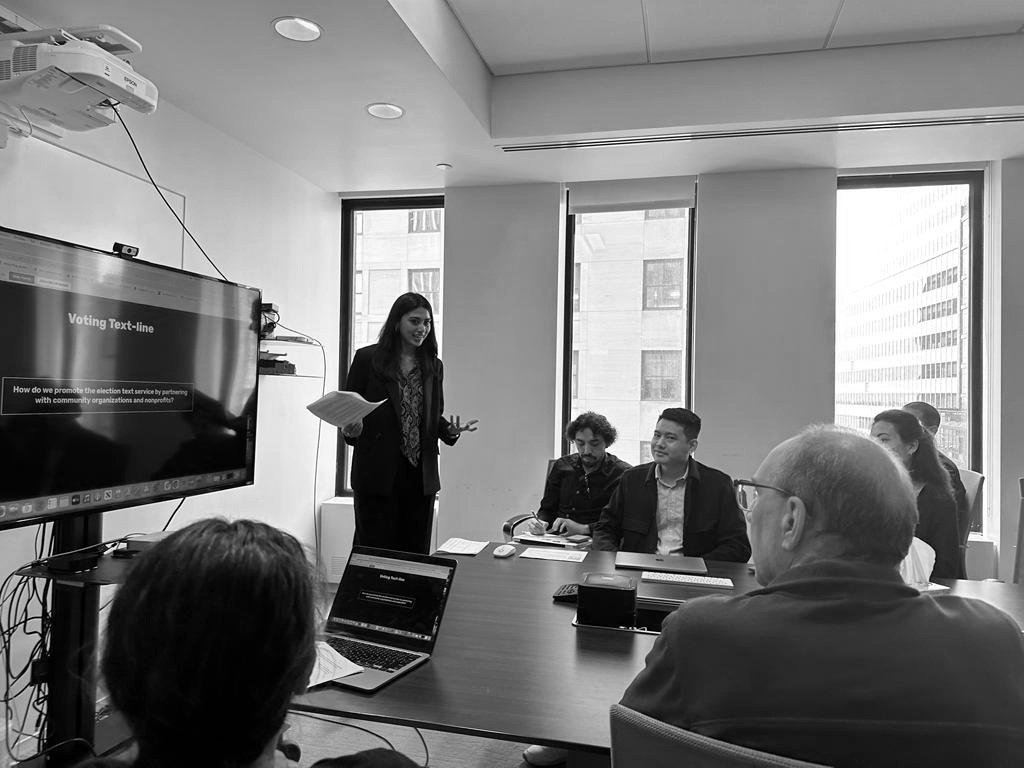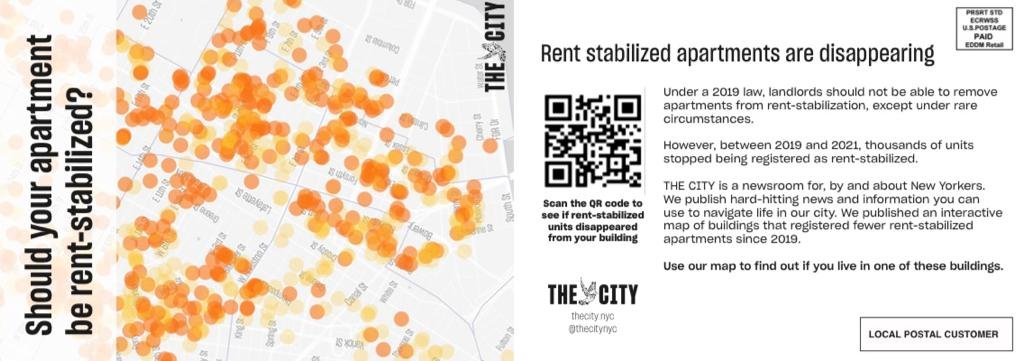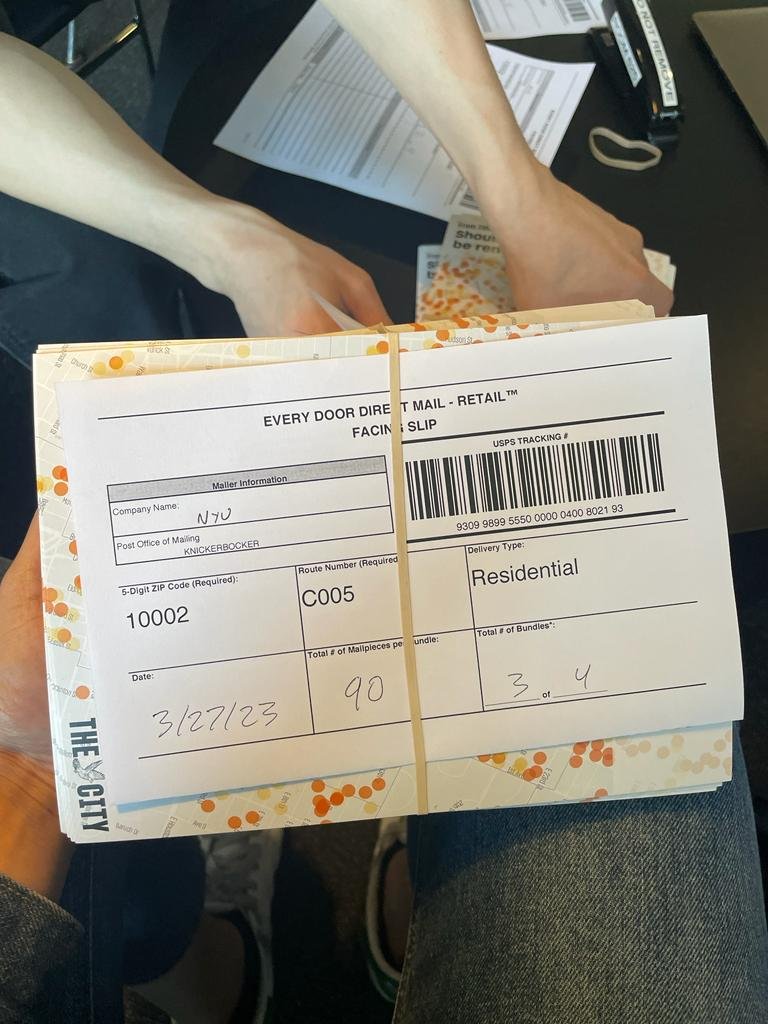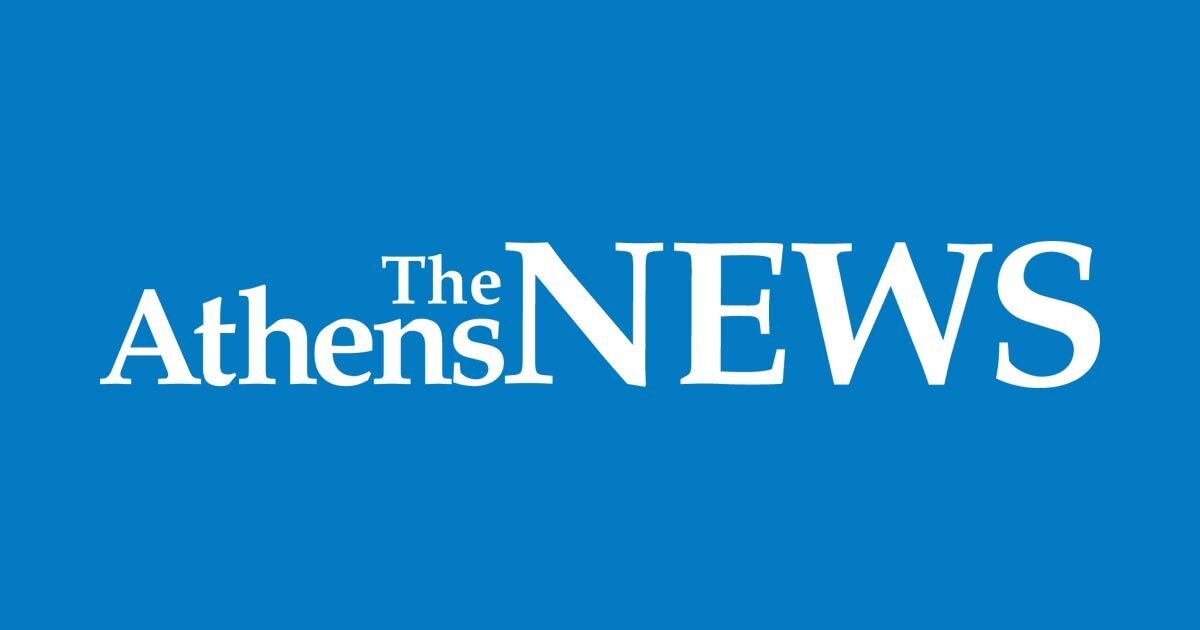
During my time in NYU's Studio 20 program, I realigned my approach to journalism, prioritizing its impact and relevance to our target audience. Over a year, I collaborated with various newsrooms, each catering to unique niches, to understand audience needs using data, interviews, and surveys. I also learned how to analyze that data, form recommendations, and implement effective solutions.
Below is a snapshot of my 2023 journey, where I dive into every project and summarize three learnings from each.
Documented NY

From September to December, I teamed up with Documented NY, a newsroom focused on immigration. Earlier audience research revealed that Nextdoor app is growing in popularity and one of Documented’s target audiences (Caribbean immigrants) are avid users of the app.
PROMPT: HOW DO WE CONNECT WITH THE INCREASING CARIBBEAN IMMIGRANT POPULATION IN THE CITY AND HOW DO WE BEST SERVE THEM?
Solution: Conduct user research and device a strategy to distribute news on Nextdoor, a neighborhood-level social platform, for caribbean immigrants
Audience development: This project allowed me to mix my reporting and newly acquired audience engagement skills. I poured through Documented’s existing research and audience surveys. I also followed the literature about Nextdoor and conducted experiments to familiarize myself with its functionalities. I also narrowed down neighborhoods with Caribbean immigrant populations and interviewed close to 20 people to determine their information needs on Nextdoor.
Survey test designing: I spearheaded a user-testing initiative that helped us identify platform-specific information needs in Caribbean immigrant neighborhoods. Documented’s Caribbean Communities reporter and I designed two sample Documented accounts and filled it with content. We then designed a survey questionnaire and designed the user test interview. I conducted all of the interviews in person, documenting my observations of how they are using the platform.
A participant testing two different Nextdoor profiles during user interview
User testing revealed that those with android phones couldn’t access our YouTube link, which meant we had to come up with a solution. In this case, we added a link to the story on the Documented site, instead of a direct link to the YouTube video
Data analysis: This project was also an opportunity to exercise my data analysis skills. The qualitative and quantitative data collection showed us a fuller picture of user motivations while browsing Nextdoor. After drawing patterns from the data, I produced template content for Documented on Nextdoor and developed a best practices report.

The City

From December 2022 to May 2023, I was the project manager for three projects with The City. In this role, a few lessons stood out strikingly clear— the immense value of documentation, stakeholder negotiation and collaboration. Besides exercising project management skills, I also contributed technical skills in audience research, user surveys and prototyping.
Project 1: Targeted Postcard News Distribution
Prompt: Create an effective distribution strategy for their service journalism on housing in New York
Solution: Finding a way to use physical media (print, etc.) to deliver The City's service journalism to reliant readers who aren't as online as the readers it is currently reaching. Specifically, they want to try experimenting with the The City’s interactive map that shows where rent-stabilized apartments in New York City are no longer. (The map uses data from the housing group JustFix.) The main idea would be to go beyond simply advertising The City’s journalism and leading readers back to the website, and instead making sure the physical product provides value upfront.
A distribution strategy that utilizes USPS’ Every Door Direct Mail service to distribute news to relevant audiences who would most benefit from the news.
Optimizing distribution channels:
We were tasked with creating a distribution strategy specifically for their interactive map that shows all the rent-stabilized apartments in New York, highlighting those that hadn’t been registered by the landlord. It was very important to us that we were intentional about the design of the distribution strategy, meaning that the strategy’s functionalities needed to meet the attributes of the journalism being promoted.
Since we figured the map would be relevant for tenants across the city, we developed a neighborhood-level distribution strategy. The research for that required deep research and analytical skills. I had to keep myself abreast with the journalism landscape by reading Nieman lab daily and following prominent media consultants and advisors online and watching closely at what others were doing. Case studies from Membership Puzzle Project and Listening Post Collective came in handy as well. During my research, I had come across the term, “postcard journalism.” And, during one of my conversations with consultant Fiona Morgan, I came across Every Door Direct Mail Service, it quickly became clear that this distribution strategy would be a perfect fit for the project. I presented those ideas to the The City and they were to eager to test it!
Stakeholder management:
Dreaming up an idea is just the start—getting everyone else to rally behind it is where the real challenge kicks in. There were multiple departments involved in this project (editorial, engagement team, data and engineering). It involved engaging in thoughtful dialogue with the reporter, who wrote the story, to ensure we were providing the right information. We also worked closely with the audience engagement team to ensure we were keeping to the style and identity of The City intact in the final product. That translated into negotiations and debates with multiple members of the newsroom. Here, my documentations and communication management plans came handy. For instance, the scheduled weekly debrief sessions with The City's liaisons were the cornerstone of our collective progress and adaptability. Each meeting was a chance to reflect, refine, and reinvigorate our efforts, ensuring every stakeholder's vision was interwoven into the final postcard that landed in our readers' hands.
Managing budget and expectations:
I also had to organize and manage a tight project budget. I identifed cost saving opportunities, which helped us deliver the project 20% under budget. Additionally, I also deisgned a comparative test where I implemented and tested the print distribution strategy against other digital strategies. The latter helped us set hypotheses and manage expectations.
We found that the postcards had a 7% open rate, comparatively higher than The City’s newsletter open rate (3%). We also employed a Facebook ad strategy for the same content to compare it with the postcard distribution. The Facebook ad brought in more impressions but those who accessed the content via postcard displayed deeper engagement, clicking other links on the page and exploring The City’s website.

Project Mangement
As a project manager for the cohort, below are the two other projects I supervised. I have summarized my learnings and discoveries from that experience.
Project 2: NYC Questions Digest Daily Email
Prompt: Create and automate a tool/system that allows for The City's journalists to get explainer and service journalism story ideas from their audience
Solution: A daily email to journalists that automatically compiles a list of ideas (scrapped from Reddit’s r/asknyc subreddit) to surface the demand for explainers and service journalism coming from the readers. The product of this tool would be a ranked list of topics where explainers are needed and service journalism is being asked for. Studio 20 comes up with a service journalism routine that is smartly designed, tested on real people and practical for The City within its current budget and staff.
A daily email a reporter receives each morning before heading to the 9 a.m. news meeting
Documentation acted as my compass:
We used Notion to centralize and manage our projects. Below are a few snapshots of planning and execution. It ensured that every team member, stakeholder, and collaborator was aligned with the project's goals, updates, and outcomes. It wasn't just about tracking progress; it was about maintaining clarity, ensuring transparency, and enabling smooth transitions between tasks. It was especially important in this project because of the technical work involved. It smoothened collaboration and handovers, enabling the team to grasp the tool's workings without extensive briefings from the original developers. Secondly, it guaranteed precision and swift troubleshooting; when there was an access issue with certain queries, documentation helped identify the glitch promptly.
Technical skills:
This project was also an opportunity for us to implement the technical skills we learned throughout our course. We learned how to utilize APIs and identified social platforms that are most effective in sharing their information. We also experimented with the functionalities of Airtable to establish a direct information link between Reddit and The City’s inbox.
Design thinking ensured efficacy:
We wanted to create a tool that journalists actually use, hopefully everyday. To achieve that, we practiced design thinking. My team members spent ample time with The City’s journalists creating empathy maps and charting their user journeys and pain points. That helped us design the tool while keeping in mind how our target journalist will use it.
Screenshot of our target journalist’s user profile
User research at The City’s office
PAST WORK

THE STORY TIMELINE TOOL
Making news simple to follow without simplifying it
Reynolds Journalism Institute’s 2021 Student Innovation Competition: FINALIST
PROmpt: Let’s face it, we are bombarded with news everyday. Today, the speed and volume of digital information means that each of us is constantly overwhelmed by the amount and variety of content that crosses our eyes. Despite having so much information at our fingertips, we often find ourselves less informed, because there is no method to the madness of what we see.
Partnering Organizations:
This is the Story Timeline. Its purpose is to empower newsrooms to turn masses of individual articles into cohesive, living narratives for their readers. In doing so, my team and I are helping to solve a problem that affects all newsrooms in the digital age: the problem of information saturation.
Let’s say, you’re interested in following a political event, but you have no idea how it all began. Instead of reading a summary of what happened or spending hours looking for the genesis of the story, you can simply click on a badge that provides you a chronological list of the preceding stories. With Story Timeline, you’re never lost.
For reporters and editors, it’s as simple as 1, 2, 3 . . .
WE CONDUCTED A SURVEY AND found that users loved it!
MENTORSHIP IN APPALACHIA (MAP) PROGRAM
BRIDGING THE GAP AMONG APPALACHIANS
Scripps Innovation Challenge, 2018: WINNER

















